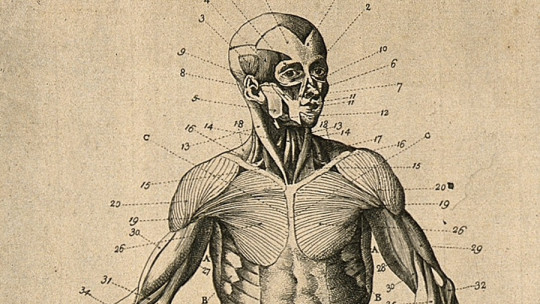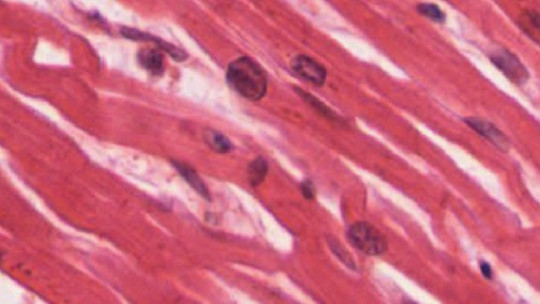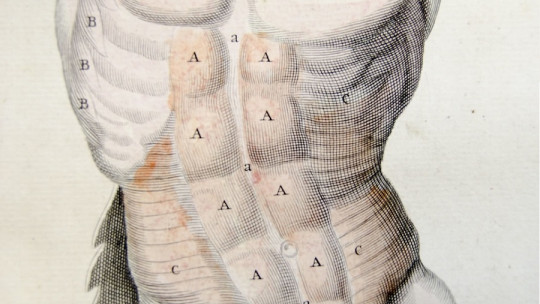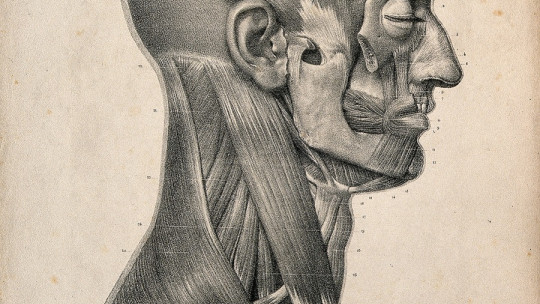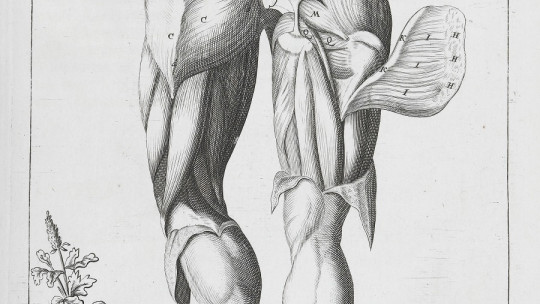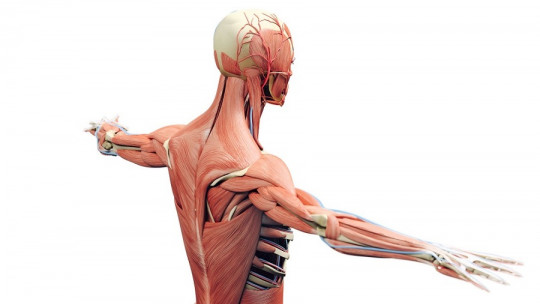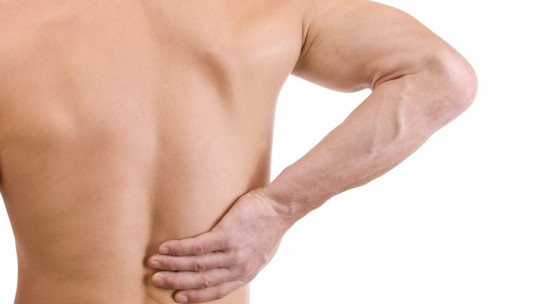
The human body has approximately 639 muscles of which some are under our voluntary control (skeletal muscles), while another group act autonomously (smooth muscles).
In some situations, skeletal muscles exhibit atypical behaviors that are beyond our control; In the case of paratonia, there is usually a disproportionate level of tension in some muscle region.
In this article we will see What is paratonia? to what level it can affect our body, the cases where this situation usually occurs, the ways to diagnose it and its treatment, as well as some ways of prevention.
What is paratonia?
What happens during paratonia is that we suffer from an inability to relax the skeletal muscles voluntarily; On the contrary, the muscle has abnormal tension and contracts without us being able to avoid it
These symptoms can be caused by various factors associated with somatomotor disorders, trauma to some parts of the body, or high stress levels, which can cause muscle contraction in the subject.
This condition, although it occurs on a physical level, It can also cause mental compromises related to its symptoms Below let’s look at some of the physical and psychological consequences that arise from this pathology.
Effects on the body
The consequences that this condition can cause are varied. Besides They depend largely on the affected area, intensity levels and frequency with which the symptoms occur and also the personal characteristics of the subject.
In the first instance we have physical conditions, which range from weakness and pain, or even paralysis in the affected area of the body; Then there are also the psychological consequences of this circumstance. The latter appear as underlying diseases caused by muscle affection (comorbidity), which can range from anxiety, psychosomatic diseases, hypochondria, etc…
Taking into account that we are bio-psycho-social beings, diseases of the body are intrinsically related to diseases of the mind This is evident in the case of paratonia in the muscles.
When it occurs
The causes that can cause paratonia are diverse and among them are the following:
The emotional causes mentioned above can be added to this list; stress and anxiety, as risk factors that trigger symptoms of tension and contraction in the muscles of the human body.
Diagnosis
The diagnosis of this type of pathologies usually done through a routine physical exam, where abnormal tension levels in some specific muscles can be noticed. If necessary, the specialist could tell the patient to undergo some extra tests.
Among the tests that the doctor may require are muscle biopsy, electromyography, aldolase blood test, creatine phosphokinase test, and lactic dehydrogenase test.
Treatment
Treatments for muscle pathologies, including paratonia, are based mainly on physiotherapy sessions, which can be accompanied by psychotherapy sessions, together with relaxation techniques that are applied by the therapist in a controlled environment.
When the symptomatology of the case is too intense and persistent, in addition to not responding to other treatment methods, then Botulinum toxin injections are used for muscle spasms and contractions Botulinum toxin is a protein that helps relax tense muscles.
When the injection is applied directly to the affected muscle, the chemical signals that generate contraction in the area disappear, because the botulinum toxin blocks these signals.
Preventive methods
These methods can be used when you are in the process of recovery or have just recovered from a muscle injury or paratonia.
Exercise is included among the protective factors against muscle injuries, but it must be done under a careful regimen, avoiding excessive weight lifting or strenuous routines without having adequately prepared for them.
It is advisable to be under the supervision of an instructor who will be able to give you specific guidance on what exercise routines to perform, depending on your body type and personal needs.
If for some reason it is not convenient for you to go to the gym, you can exercise at home. As long as you take the precautions mentioned above, the results will be good and you will notice an improvement in your quality of life.

